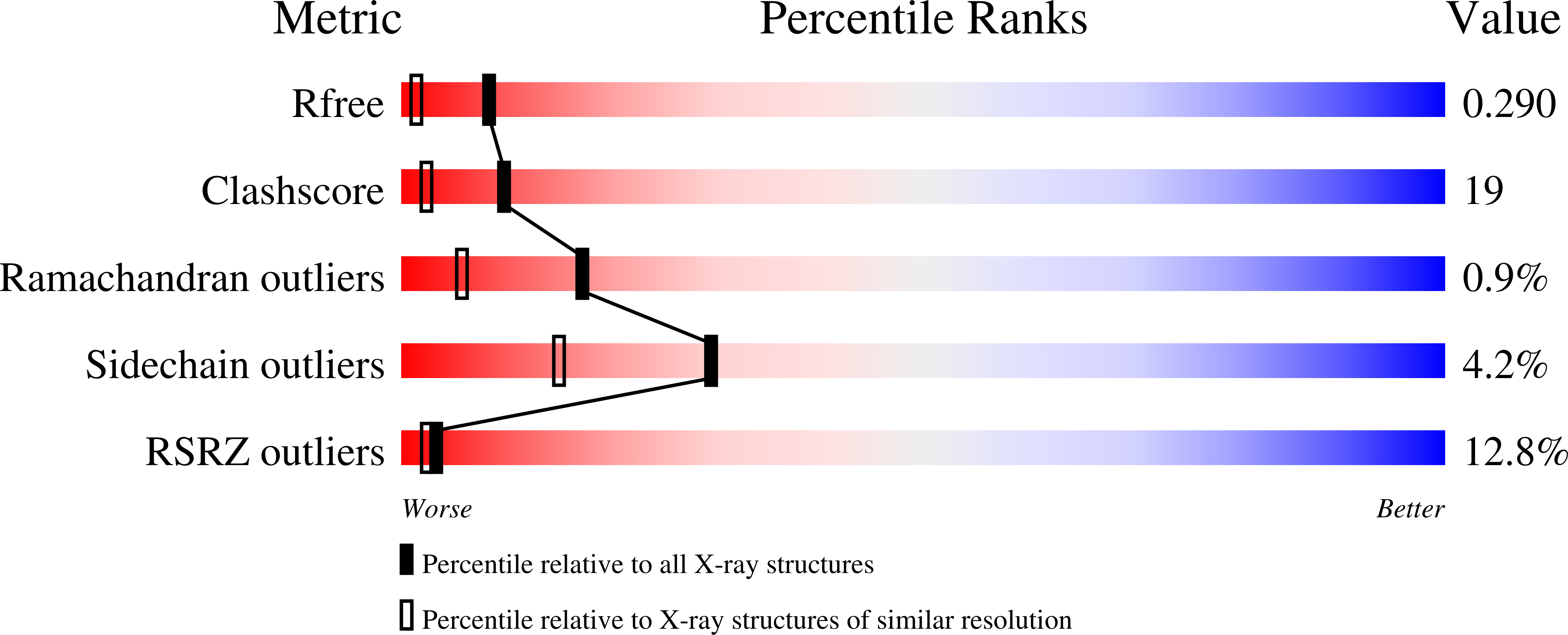
Deposition Date
2004-09-01
Release Date
2004-11-02
Last Version Date
2023-10-25
Entry Detail
PDB ID:
1XCF
Keywords:
Title:
Crystal structure of P28L/Y173F tryptophan synthase alpha-subunits from Escherichia coli
Biological Source:
Source Organism:
Escherichia coli (Taxon ID: 562)
Host Organism:
Method Details:
Experimental Method:
Resolution:
1.80 Å
R-Value Free:
0.28
R-Value Work:
0.26
R-Value Observed:
0.26
Space Group:
P 1 21 1


